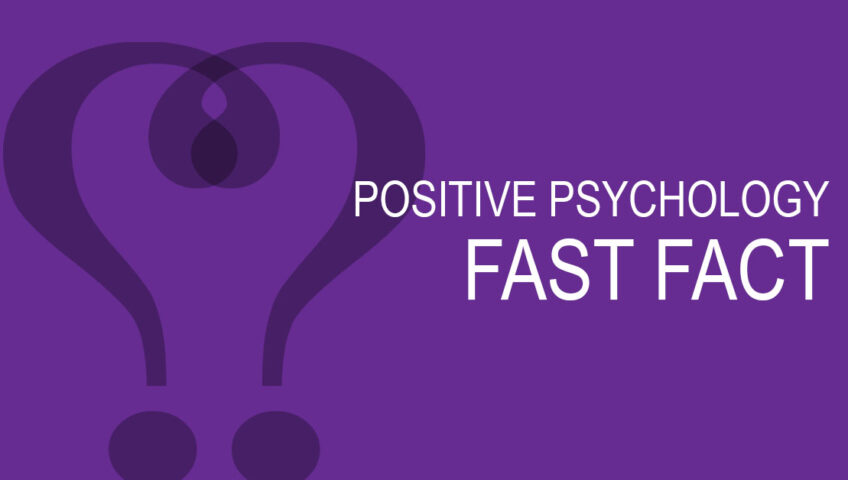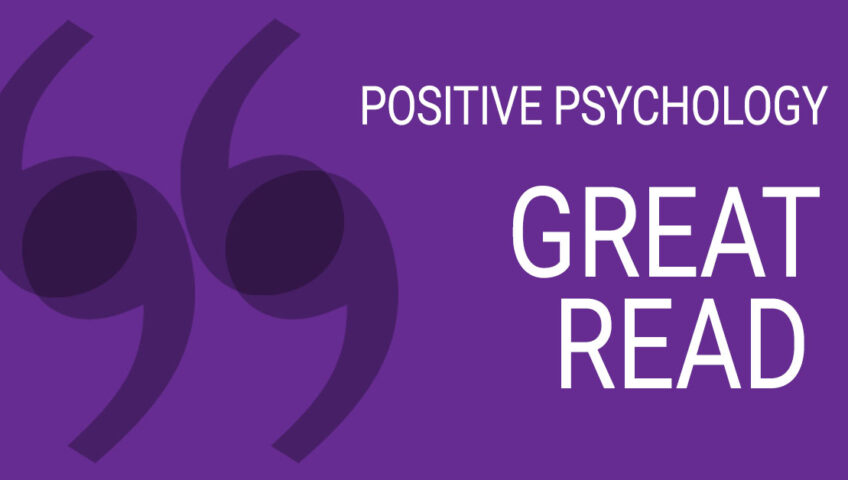When it comes to positivity in the workplace, leaders play the biggest role. Helping to create an environment that promotes positivity leads to enthusiasm and opens new possibilities.
In contrast, negativity feeds a restricted emotional space that limits possibilities for action. These theories are based on a study completed by Marcial Losada and Emily Heaphy.
The researchers looked at the impact of positivity and negativity on emotional space. The study involved a group of 60 strategic business unit (SBU) management teams from a large corporation that specialised in information processing.
The researchers also used coders to code the speech of the groups. The coders would mark a speech act as positive if the speaker showed encouragement or positivity. If the speaker expressed disapproval, the coders marked the speech act as negative. The coders also separated speech acts as inquiry-based or advocacy-based. The speeches were additionally coded as “self” when speakers referred to themselves or the group and “other” when speaking about external groups. The 60 teams were then separated based on their performance.
Low-performance teams had a lower positivity/negativity ratio compared to high-performance teams. They also used “self” more than “other.” These findings help demonstrate that positivity directly affects performance. Additional work by Barbara Fredrickson supports this concept. She helped develop the positivity ratio, believing that a 3:1 ratio is the key to human flourishing.
How can leaders help create more positivity? One solution is creating a safe space for workers to take risks. If individuals fear punishment, they are less likely to try something new.
Losada and Heaphy also argue that positive feedback and public gratitude are needed. Reinforcing positive behaviours and expressing gratitude for a successful outcome create a positive feedback loop.
To explore the positivity ratio and other examples of positive psychology in the workplace, contact the experts at Think Learn Succeed.
About the author of this article:
Eleanor Shakiba is a master trainer and coach. She specialises in teaching smart people to use positive psychology and breakthrough communication techniques. Eleanor loves working with people who make a positive difference to the world – including facilitators, trainers and HR practitioners. She is the author of the Positive Psychology Toolkit for HR and L&D practitioners. She also runs a range of retreats and workshops for trainers and facilitators.










